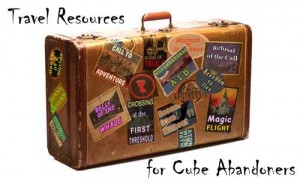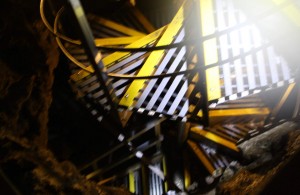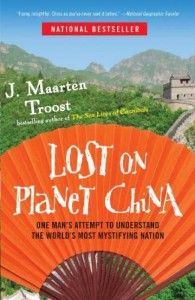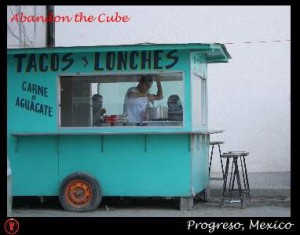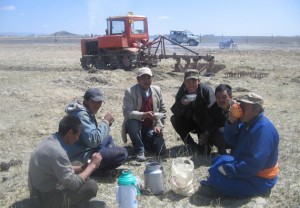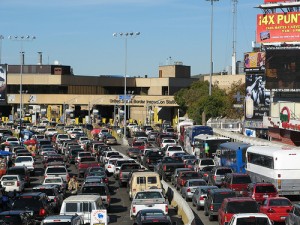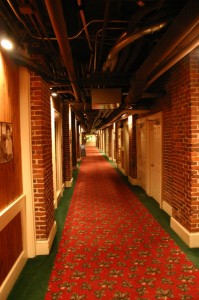Financing a Year on the Road – How we did it
One of the most common questions we get is about financing our travels. We left Shanghai, our apartment there and our jobs in May of 2009. It is now July, 2010 and we’ve traveled for over a year. It is a fair and understandable question when people ask if we are secret millionaires or if we recently inherited some money. The answer to both of those questions is a firm, “no.” How we make our money is simple.
Website funds:
We make some money on our website, but to be honest we spend a lot of time and money on the site so we do only slightly better than break even on that. Some costs associated with the website include: the hosting fee ($250 for two years, roughly) our pro flickr account ($25 a year) and the amount of man hours put into developing and maintaining the site and the blog. We make money on the site by selling some ad space on the blog, which is unobtrusive and we are very particular about who we will allow to advertise on our site. We turn down some offers for cash in exchange for links simply because the products would not match our reader’s interests or have anything to do with traveling or quitting one’s job.
Income:
 Lauren makes money as a writer. She has a few solid contracts that help her make enough money to travel full time as well as cover her college loan payments each month. Meanwhile, Mike was able to save more than half of his earned income in 2008, meaning he is living off his savings. Considering we both made less than $30,000 in 2008, it is possible to travel for cheap on savings if you don’t spend money on frivolous things, or live above one’s means.
Lauren makes money as a writer. She has a few solid contracts that help her make enough money to travel full time as well as cover her college loan payments each month. Meanwhile, Mike was able to save more than half of his earned income in 2008, meaning he is living off his savings. Considering we both made less than $30,000 in 2008, it is possible to travel for cheap on savings if you don’t spend money on frivolous things, or live above one’s means.
Lifestyle:
One of the main ways we save money is to live well below your means. We do this by living overseas, where we don’t have cell phone costs, or outrageous cable and internet fees. We don’t have an overpriced apartment, car payments or insurance fees due each month. Essentially, the money we spend each month living abroad is the total of our food, transportation costs and apartment. We live like the locals do (lower-middle class locals) and save a bundle by avoiding expat eateries and entertainment. For a month in Shanghai we were spending a total of around $350 each, counting everything from random purchases to rent to food costs. If you make $20-25,000 a year and only spend $350 of that each month, you are looking at quite a savings over time.
Traveling versus Staying Home:
Meanwhile, traveling full time is cheap because your only costs are lodging, food and transportation. Often, people spend most of their travel money on lodging, we avoid this by camping whenever possible or staying at hostels for less than $15 a night. In Asia, we spent around $6 a night and that often included dinner. We spend, on average, around $6-700 a month traveling full time abroad. These costs are higher than would be necessary if one traveled more slowly. However, most of these funds went to train and bus tickets. When we were moving slowly we spent roughly $500 a month. For most Americans, that is far less than they spend a month living in an apartment or home with a dozen or so monthly costs.


